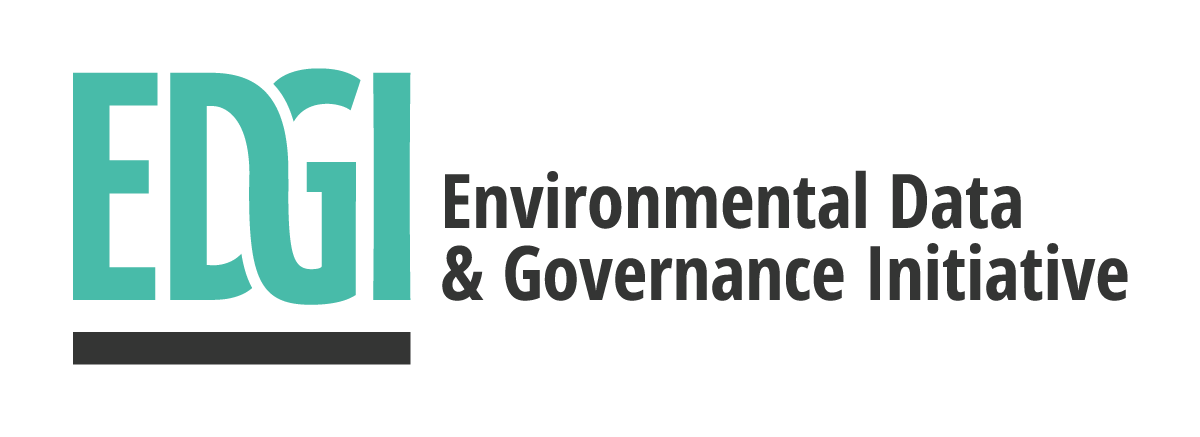EDGI’s Environmental Enforcement Watch’s new landing page for their open source environmental data science tools. View the page here.
By Kelsey Breseman, Eric Nost, Andre Stackhouse, Steve Hansen, Sara Wylie
EDGI’s Environmental Enforcement Watch (EEW) project centers on co-research with the public, creating conversations that bring the context of local knowledge to the data that the United States EPA collects on pollution permits that it issues. The main avenue for this work so far has been through the co-creation of Jupyter Notebooks, industry-standard data science tools that people can use to analyze and visualize EPA data. After two years of Notebook development, we are now making three of these Notebooks easily available to the public through our website, thanks to the support of an ESIP Lab grant.
EEW Notebooks include instructions for use and a summary of key regulatory and technical context (e.g. what is the Greenhouse Gas Reporting Program?), transparent and commented code (which can be modified or added to according to user needs), interactive user interface features that mean that users don’t need any coding experience, and the option to download data in standard formats.
Each notebook is developed around a topic of concern: for example, the Watershed Notebook asks users to enter a ZIP code, then displays watershed boundaries that intersect with this ZIP code area and generates reports, graphs, and interactive maps showing different dimensions of pollution permits within those watersheds. The idea is to allow community groups, which can have highly varied and location-specific needs, to use EPA data to advocate on behalf of the topics and locations they care most about.
The Notebooks we are releasing were developed in response to specific needs we identified by working with groups across the country. The Watershed Notebook resulted from conversations with waterkeepers interested in everything from identifying potential sources of pollutants found during community monitoring initiatives, to commenting on permitting decisions. For instance, the earliest stages of Notebook development involved partnering with Chelsea, MA-based community group GreenRoots to pull up pertinent records on oil storage facilities whose pollution permits were up for renewal by the EPA. The GHG (greenhouse gas) Notebook likewise was originally inspired by our collaboration with Sunrise Boston, who wanted to understand how companies—not specific facilities—could be named and shamed as major contributors to climate change. The Cross-Program Notebook arose out of the need for a general purpose tool and enables users to look at any EPA program for their area of interest. None of these Notebooks is fully complete; they will continue to evolve, especially as we continue to work with partner organizations.
Most of the EEW Notebooks use data from EPA’s Environmental Compliance and History Online (ECHO) dataset. Rather than drawing data directly from the ECHO website or API, which are limited to data from the preceding 12 quarters, EEW partners with Stony Brook University to create a mirror of the full ECHO dataset, including tables that are otherwise accessible only through CSV download. By making the Notebooks available to the public, EEW is also making public access to our own SQL-queryable database, which updates regularly.
EEW is an ongoing project, and is always open to more collaborators. If you are a member of a community-based group and are interested in working with EEW, please let us know! We also welcome additional collaborators on the EEW project, which relies on volunteer work, both technical and nontechnical. Your ideas are welcome!

